Product by category
- Product image
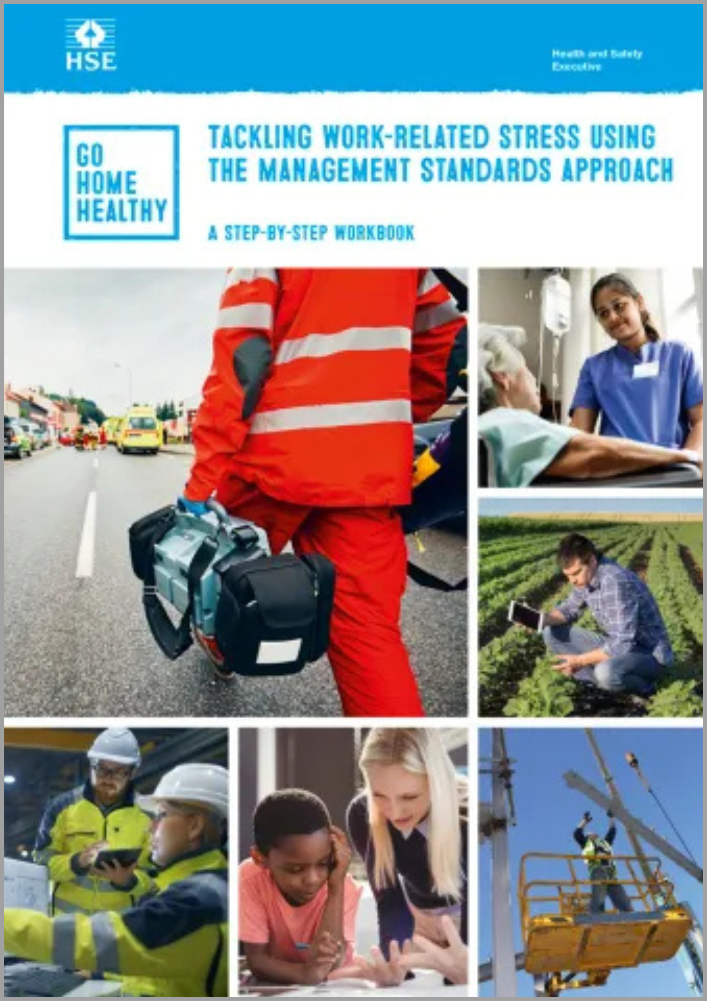
Tackling work-related stress: a step-by-step workbook
£21.10 - Product image
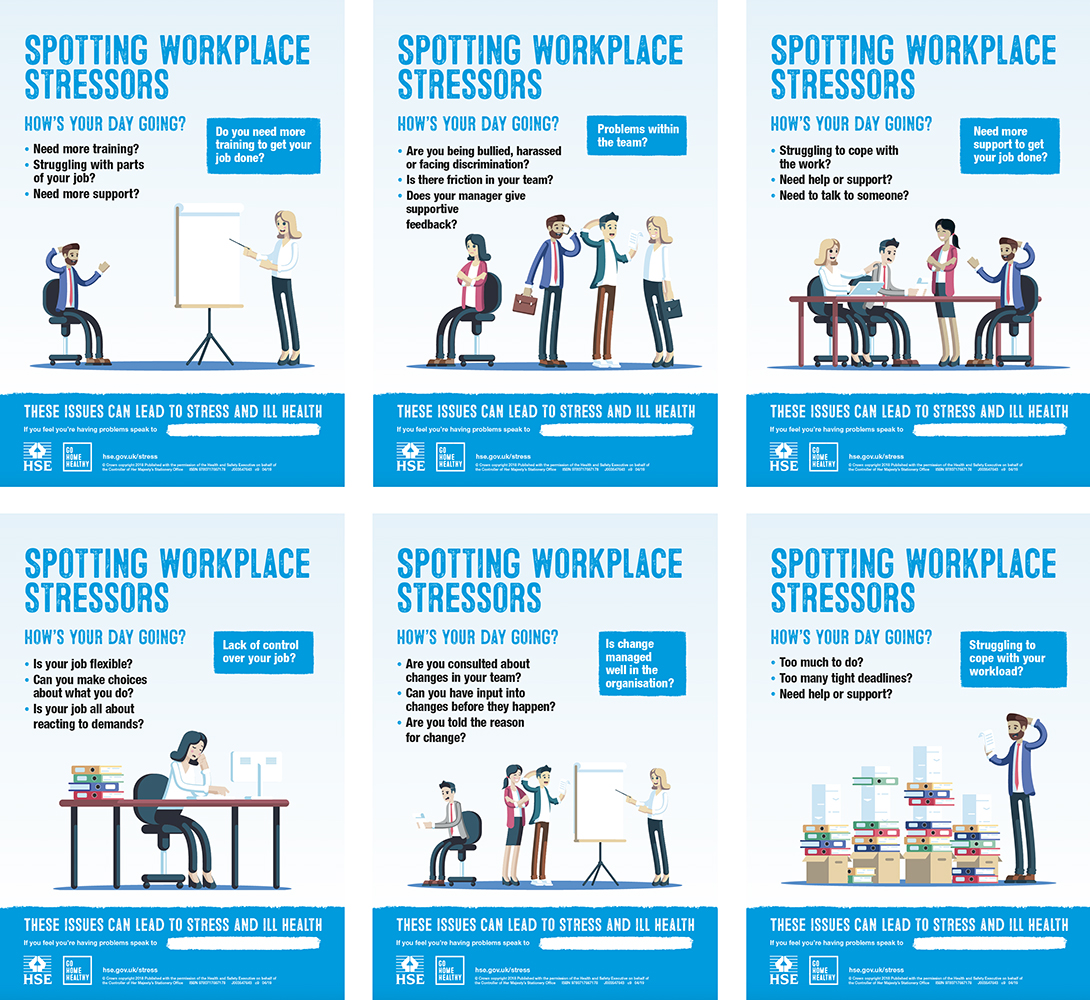
Workplace stress (6 pack, A3 posters) (illustration version)
£24.43 - Product image
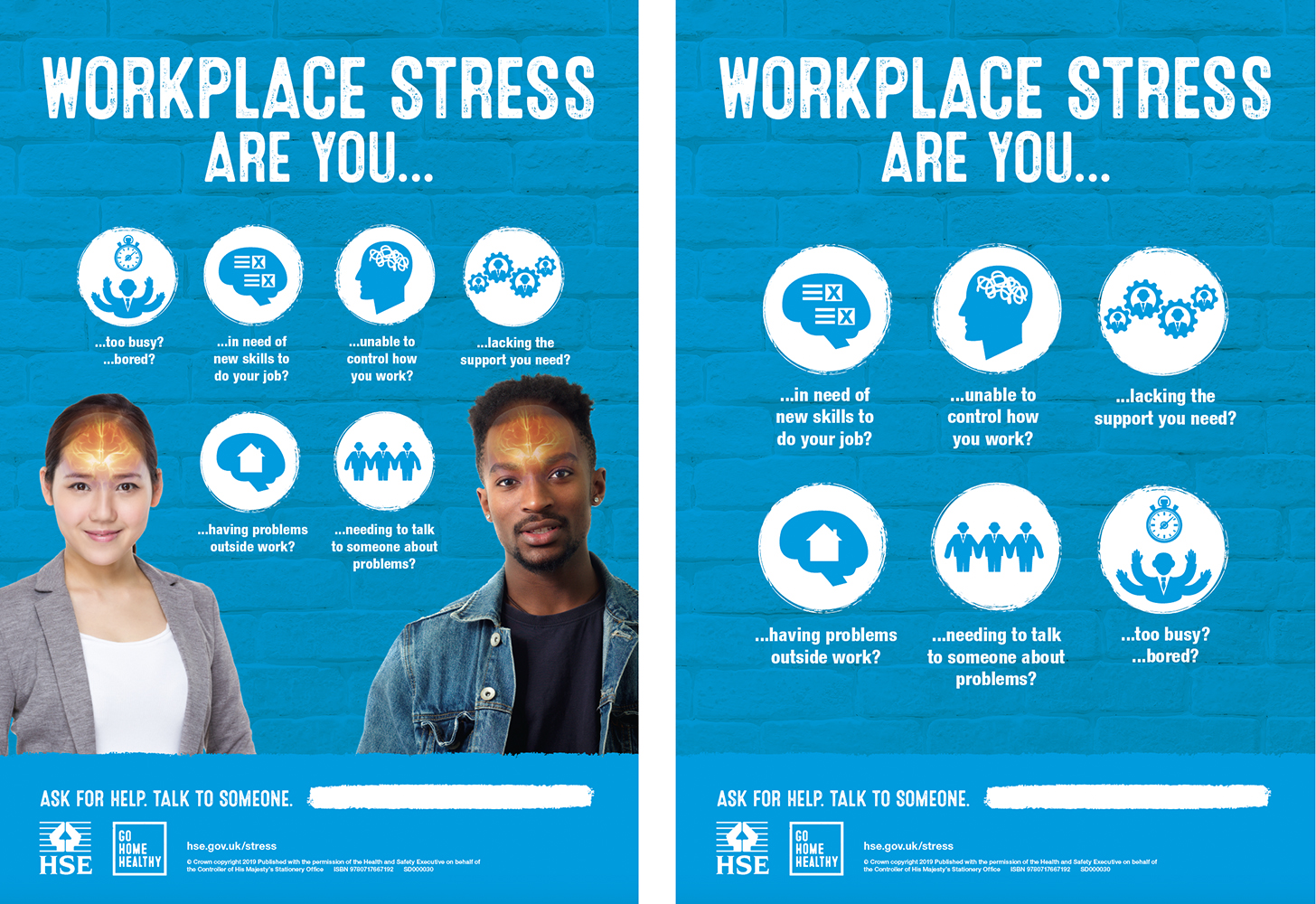
Workplace stress (2 pack, A3 posters) (infographic version)
£18.32 - Product image
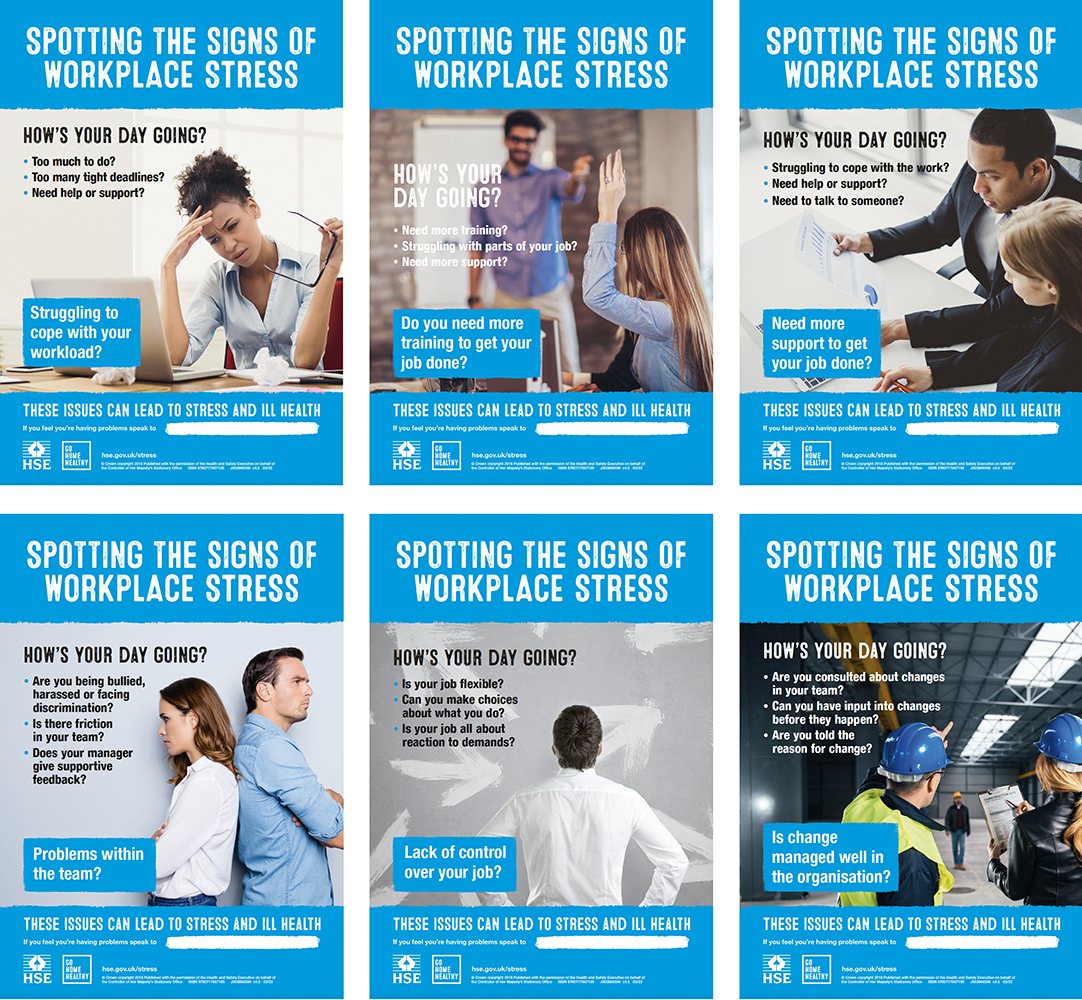
Workplace stress (6 pack, A3 posters) (photographic version)
£24.43 - Product image
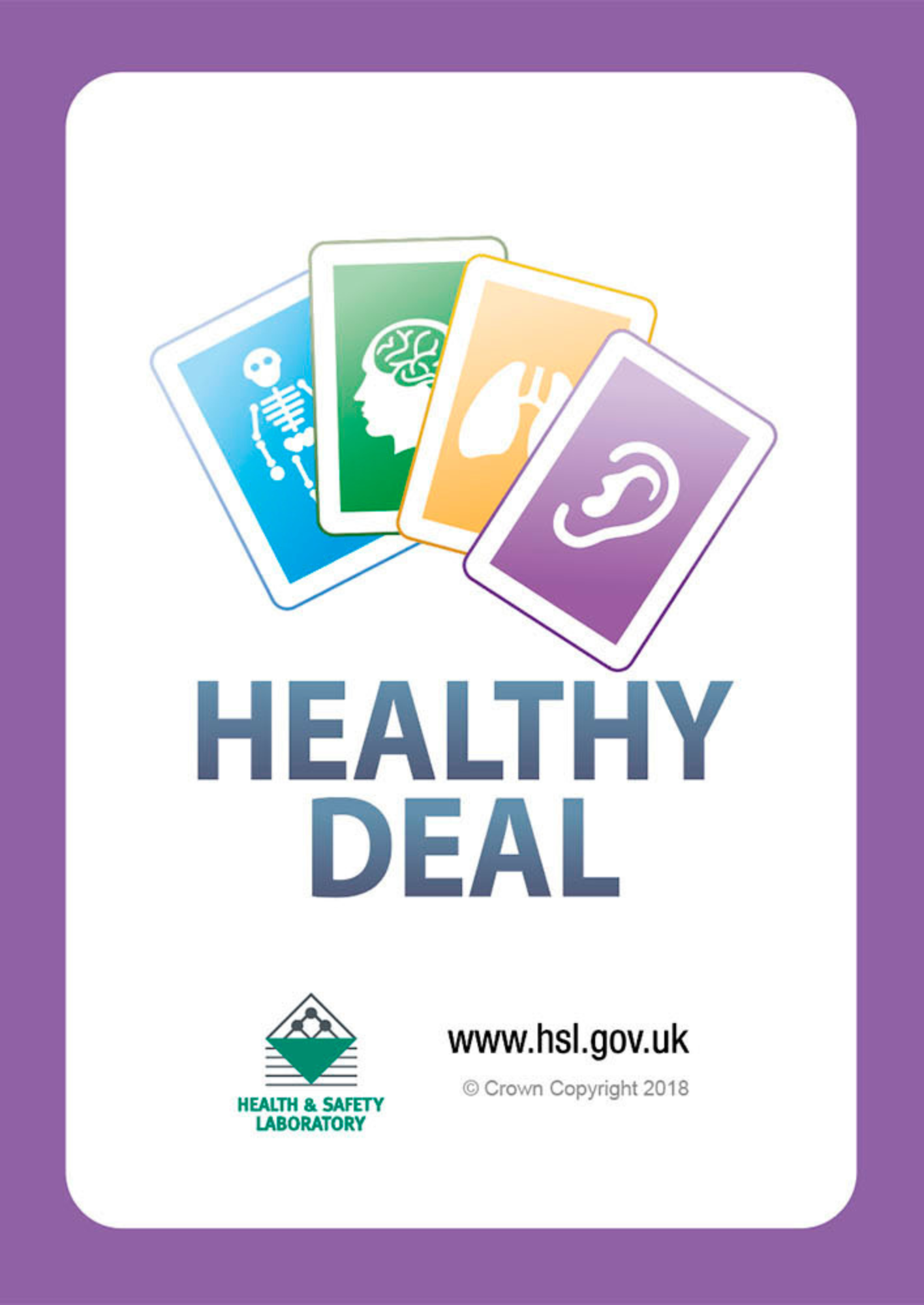
Healthy deal pack of playing cards (A5 size)
£27.50 - Product image
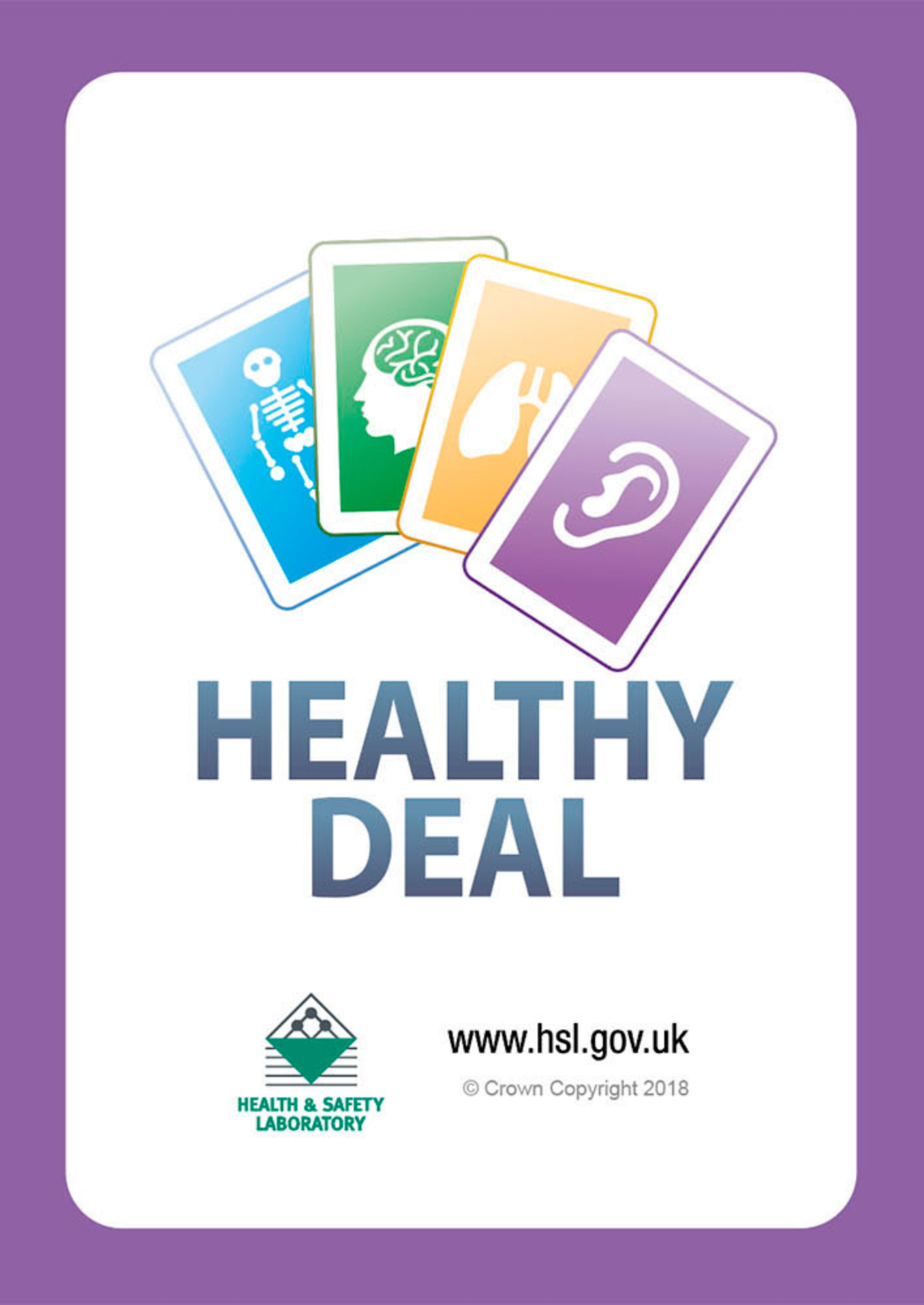
Healthy deal pack of playing cards (standard size)
£19.55